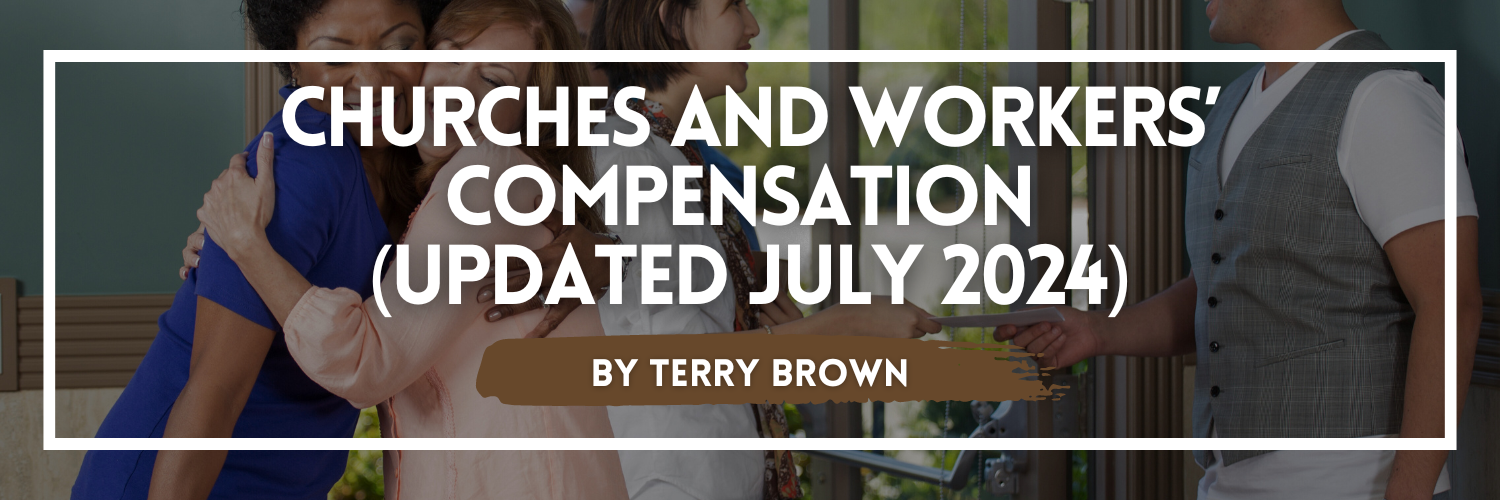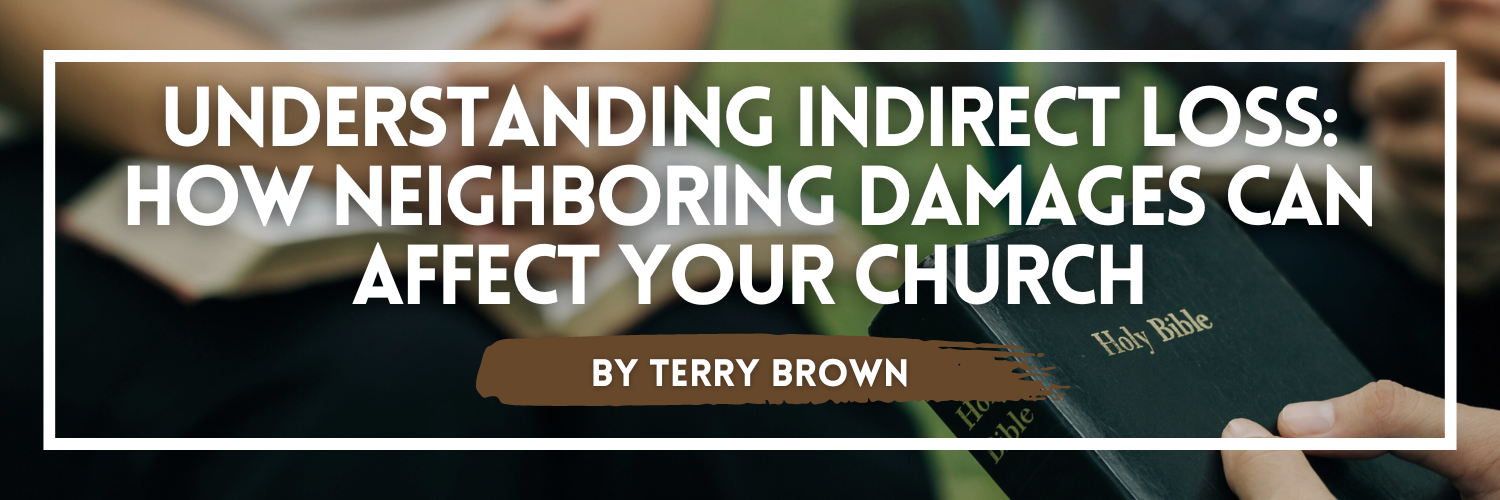If you’ve been feeling uneasy about your church’s insurance situation lately, you’re definitely not alone. The insurance landscape for religious institutions is facing some serious turbulence, and it’s crucial to understand what’s happening and how to navigate these challenges.
KEY POINTS
- Major insurers are pulling back, causing a ripple effect.
- Insurance costs can skyrocket, impacting tight budgets.
- Ensure your insurance policies cover all necessary areas.
- Start exploring alternatives early.
- Adopt strong practices to minimize claims.
- Keep up with insurance market trends and changes.
The Changing Landscape for Church Insurance Providers
Recently, we’ve seen major insurers like Brotherhood Mutual and Church Mutual start to pull back from the religious institutions market. Brotherhood Mutual, which insures around 65,000 churches, has been downgraded by AM Best from an A- (excellent) rating to a B++ (good). This downgrade has prompted many churches to seek new insurance options, only to find that alternatives are becoming scarcer.
Church Mutual, another significant player insuring over 100,000 churches, is currently under review. While they’ve denied rumors of a potential sale, the uncertainty is causing concern among many churches about whether they’re in the right place. Imagine switching from one insurer to another, only to face the same concerns all over again. It’s like musical chairs, but with your church’s financial stability at stake.
The Ripple Effect on the Market
As Brotherhood Mutual and Church Mutual reassess their positions, other carriers like GuideOne, AmTrust, and Great American are experiencing a surge in new applications. Unfortunately, they can’t accommodate everyone, creating a bottleneck and leaving many churches scrambling for coverage. This shift has forced some churches towards more expensive and less comprehensive excess & surplus (E&S) lines. It’s like trying to squeeze a growing congregation into a shrinking chapel – not everyone will fit comfortably.
The Financial Impact
Let’s talk dollars and cents. Imagine your insurance costs jumping from $20,000 to $60,000 or even $70,000 annually. That’s a substantial hit for non-profit organizations operating on tight budgets. And it’s not just the premiums. Specific issues like abuse claims, slip and fall incidents involving elderly attendees, and rising construction and auto repair costs add to the strain. Think of it like this: it’s not just one leak in the roof – it’s multiple leaks, each demanding attention and resources.
Practical Steps for Churches
So, what can you do to navigate this challenging environment? Here are some practical steps:
- Review Your Coverage Needs: Take a close look at your current insurance policies. Ensure you’re aware of what’s included and what might be missing. For example, do you have coverage for sexual misconduct, directors and officers (D&O), and ministers’ counseling? These are crucial areas that need to be addressed. It’s like ensuring every room in your church is secure and well-maintained, not just the sanctuary.
- Consult with Your Agent: Don’t wait until it’s too late. If you’re with Brotherhood or Church Mutual, start exploring your options now. Work closely with your insurance agent to understand your alternatives and find the best possible coverage for your church’s unique needs. Think of your agent as your insurance shepherd, guiding you through this rocky terrain.
- Implement Risk Management Practices: Adopting strong risk management practices can help reduce the likelihood of claims and potentially lower your insurance costs. This includes regular maintenance, safety protocols for events, and comprehensive training for staff and volunteers. It’s like building a sturdy fence around your church – preventative measures can save a lot of trouble down the line.
- Stay Informed: Keep up with the latest developments in the insurance market. Understanding the trends and challenges will help you make informed decisions and be proactive rather than reactive. Consider it part of your due diligence, like staying updated on new hymns or scripture interpretations.
Take Action Now
To navigate these challenges and ensure your church is well-protected, consider reaching out to me for a free, no-obligation insurance review and church insurance quote. Together, we can evaluate your current coverage, identify any gaps, and find the best solutions to meet your church’s unique needs. It’s like having a spiritual check-up – better to be proactive and prepared.
Conclusion
It’s undoubtedly a challenging time for church insurance, but with careful planning and the right guidance, you can navigate these turbulent waters. As always, I’m here to help you every step of the way. Let’s work together to ensure your church remains a safe and secure place for your community.
[Click here to get a church insurance quote from Terry Brown]
Feel free to reach out if you have any questions or need assistance with your ministry’s insurance needs.
Frequently Asked Questions
Why are major insurers pulling back from the church insurance market?
Major insurers like Brotherhood Mutual and Church Mutual are reassessing their positions due to financial challenges, increased claims, and market volatility. This has led to downgrades and a more cautious approach to underwriting church policies.
How can our church manage rising insurance costs?
Review your current policies to ensure comprehensive coverage, consult with your insurance agent to explore alternatives, implement strong risk management practices, and stay informed about market trends. These steps can help mitigate costs and find the best coverage options.
What are excess & surplus (E&S) lines, and why might our church need them?
E&S lines are specialty insurance products for risks that standard carriers won’t cover. They often come with higher premiums but can provide necessary coverage when traditional markets are unavailable. Your church might need E&S lines if you face unique risks or have trouble finding coverage elsewhere.
What specific areas of coverage should our church focus on?
Ensure your policy includes property and liability coverage, as well as specific areas like sexual misconduct, directors and officers (D&O), and ministers’ counseling. These are critical to protecting your church from various risks.
How can implementing risk management practices help our church?
Risk management practices, such as regular maintenance, safety protocols, and staff training, can reduce the likelihood of claims. This proactive approach can help lower insurance costs and ensure a safer environment for your congregation.
How can we stay updated on changes in the insurance market?
Stay informed by regularly consulting with your insurance agent, subscribing to industry newsletters, attending relevant seminars or webinars, and joining church insurance forums. Keeping up with trends and changes will help you make proactive and informed decisions.




